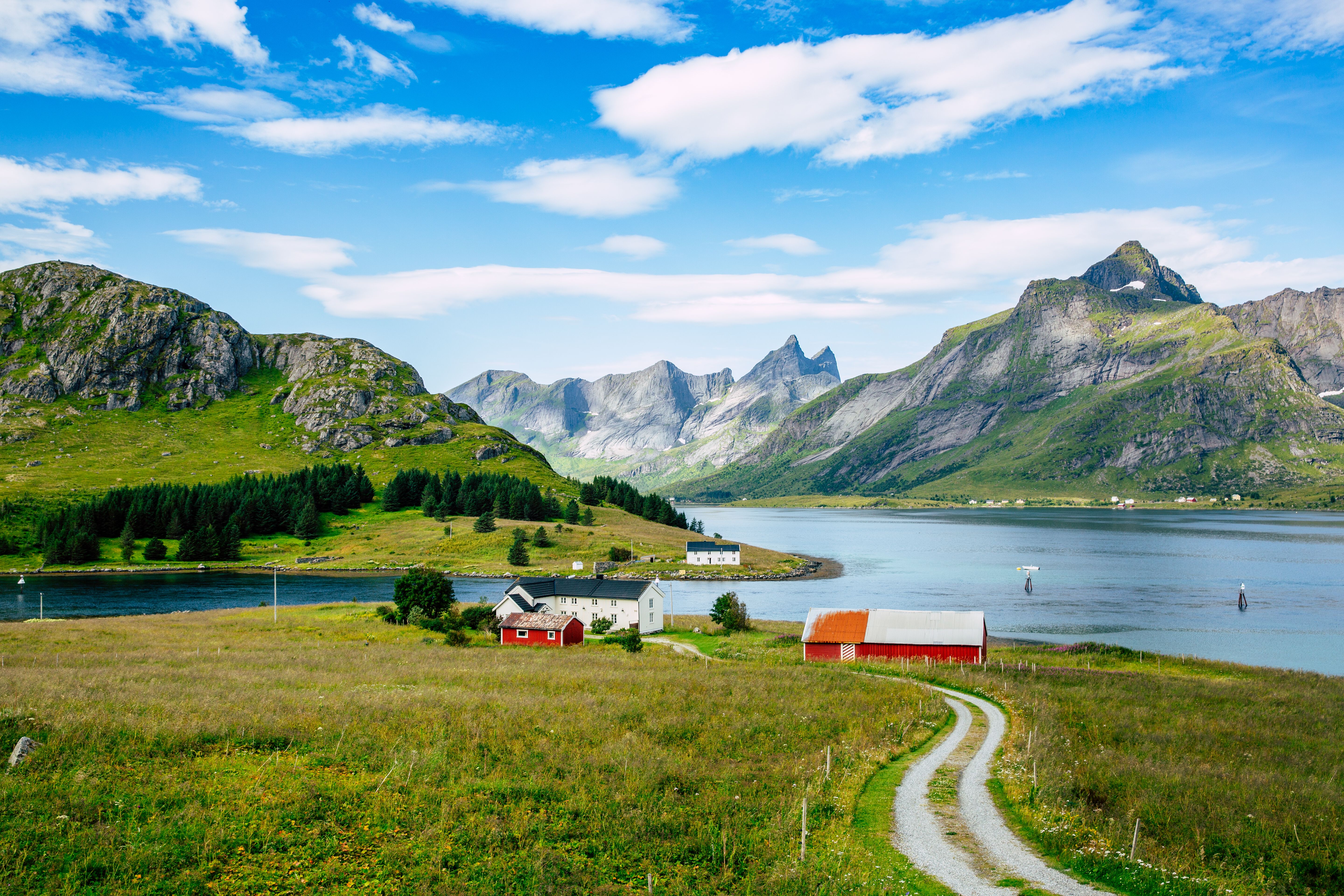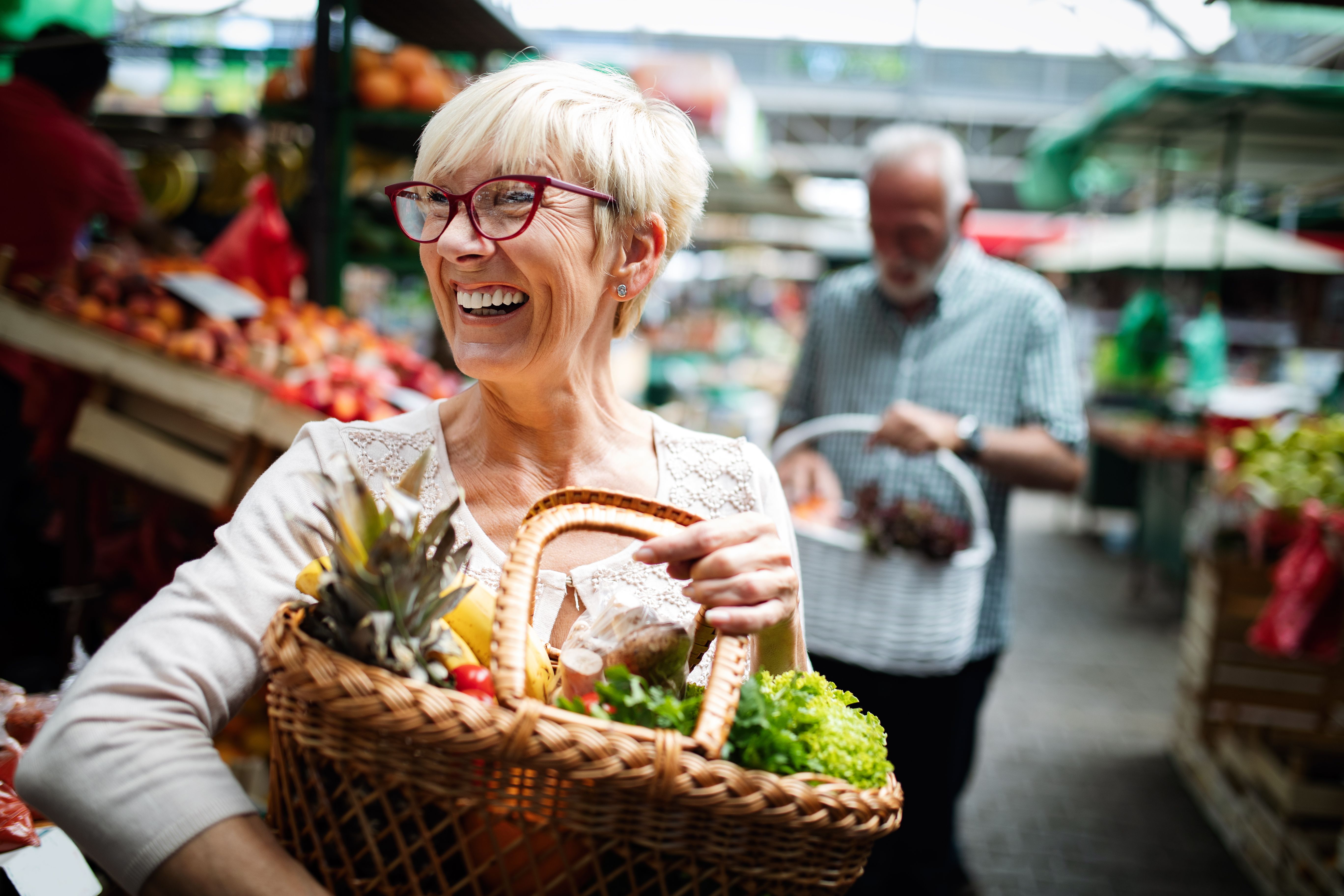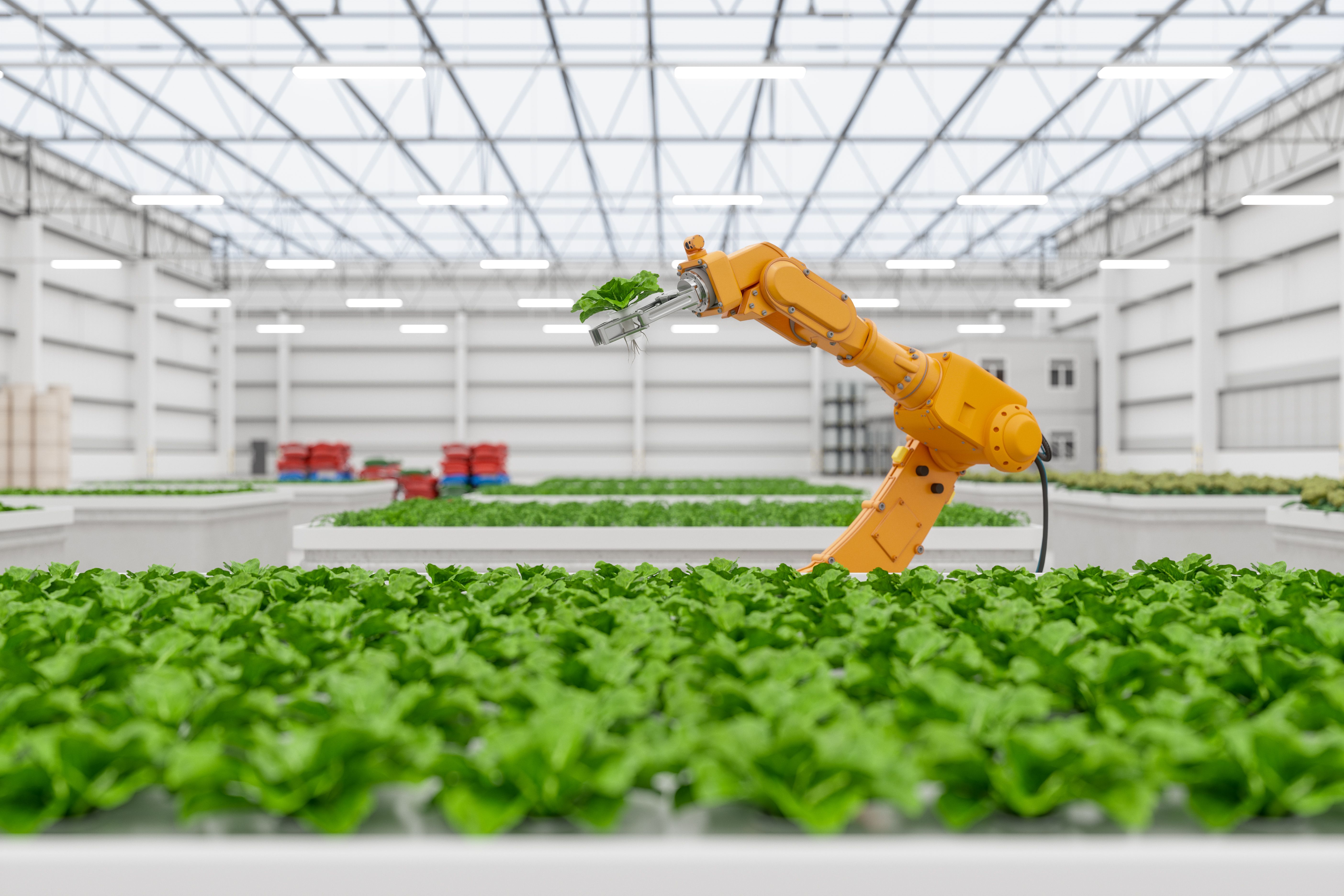Challenges in Northern Norway's Agriculture: The Stagnation of Local Food Production
Introduction to Northern Norway's Agricultural Landscape
Northern Norway, with its stunning landscapes and unique climatic conditions, presents both opportunities and challenges for agriculture. While the region is known for its breathtaking fjords and vibrant Northern Lights, local food production faces significant hurdles that have led to stagnation over recent years. Understanding these challenges is crucial for devising strategies to revitalize the agricultural sector in this part of the world.

Climate Challenges
The harsh and unpredictable climate is one of the primary barriers to agricultural productivity in Northern Norway. The region experiences long, cold winters and short growing seasons, which limit the types of crops that can be cultivated efficiently. Farmers must rely on hardy plant varieties, but even these are susceptible to sudden weather changes, such as unexpected frosts or prolonged periods of rain.
Limited Infrastructure
Infrastructure development in Northern Norway is another significant challenge affecting local food production. The remoteness of many agricultural areas makes it difficult to transport goods efficiently. Additionally, the lack of modern storage facilities means that farmers have trouble preserving their produce for extended periods, leading to increased waste and reduced profitability.
Soil Quality Issues
Another obstacle is the quality of soil found in many parts of Northern Norway. Much of the land is rocky and lacks the rich nutrients needed for optimal crop growth. Farmers often need to invest in soil improvement techniques, such as adding fertilizers or importing fertile soil, which can be costly and labor-intensive.
Economic Constraints
The economic viability of farming in Northern Norway is under pressure due to high operational costs and limited market access. Farmers frequently struggle to compete with imported goods that are cheaper due to mass production methods used elsewhere. Moreover, fluctuating market prices can make it difficult for small-scale farmers to sustain their businesses.

Policy and Support Issues
Government policies and support systems play a crucial role in shaping the agricultural landscape. In Northern Norway, farmers sometimes face insufficient support from governmental bodies. Policies that do not adequately address the specific needs and challenges of the region can hinder progress and innovation in local food production.
Opportunities for Improvement
Despite these challenges, there are opportunities for growth and innovation in Northern Norway's agriculture sector. Embracing sustainable farming practices, investing in technological advancements, and fostering cooperative initiatives among local farmers can help overcome many existing barriers. Moreover, increasing consumer awareness about the benefits of local produce can boost demand and support local economies.

Conclusion
The stagnation of local food production in Northern Norway is a multifaceted issue that requires a cooperative effort from farmers, policymakers, and the community. By addressing these challenges head-on, there is potential not only to revive agriculture in the region but also to create a sustainable model that supports both the environment and local economies. With the right strategies in place, Northern Norway can transform its agricultural landscape into a thriving hub of innovation and sustainability.
Commercial Kitchen http://avice.org
